The Ninth Life of a Diamond Miner: A memoir
Macmillan, $49.99 hb, 354 pp
Just beginning
Grace Tame was sixteen years old, and it was 2011, when the first account of the repeated sexual assault and child abuse she had endured as a victim of her fifty-eight-year-old high school maths teacher, Nicolaas Bester, appeared in her local newspaper, the Hobart Mercury. She was hanging out with two close friends, their parents were at work, and she thinks it was probably the school holidays. The headline (‘Teacher Admits to Affair with Student’) was accompanied by ‘a huge picture of his face’ and a ‘romanticised description’ of the first time her abuser had exposed himself to her.
Tame did not yet have the language she has since acquired to comprehend what happened to her, including the term ‘grooming’. Nor, evidently, did the media. Through her tears, she spoke directly to the journalist responsible, David Killick, who offered to publish anything she wanted to say. For Tame, ‘the damage had already been done’. The ‘injustice’ was that the story had been written without speaking to her at all. ‘Survivors just want you to listen to them,’ she writes, ‘in the same way you listen to perpetrators. Is that too much to ask?’
Seven years later, Tame disclosed her story to a journalist far better equipped to receive it: sexual assault survivor advocate and Walkley Award winner Nina Funnell. In 2018, Tame’s case launched the #LetHerSpeak campaign created by Funnell to change gag laws across the country which prevented survivors from telling their stories in their own name. A year later, the Tasmanian Supreme Court ruled in Tame’s favour, and in April 2020, the Tasmanian law was changed to allow survivors to speak out. On 25 January 2021, Tame became the first Tasmanian and first known sexual assault survivor to be named Australian of the Year. To quote the selection panel, Tame was appointed for demonstrating ‘extraordinary courage’ and for ‘using her voice to push for legal reform and raise public awareness of the impacts of sexual violence’.
By the end of her term, the ABC reported that the Sexual Assault Support Service (SASS) in Tame’s hometown had seen a considerable increase in referrals. Tame had become one of the most recognisable figures in the country, with a strong media presence. There was a dedicated episode of Australian Story; two addresses to the National Press Club, including one with Brittany Higgins, the former Liberal staffer who was allegedly raped in Parliament House; and lots of social media, with Tame’s often irreverent tweets (@TamePunk) a regular highlight. Then came the tabloids and the trolls. Pictures of Tame with a huge bong went viral. Come the next Australian of the Year ceremony, she refused to smile for the then prime minister, Scott Morrison, and instead gave him a frown and a side-eye glance. By this point, whatever some people thought of Tame, her straight-shooting style and commitment to her cause were widely admired.
Given the extraordinary circumstances of Tame’s emergence in public life, and the current historical moment in which historical sexual abuses against children have come or are coming to light in unprecedented numbers, a memoir or biography (or both) was inevitable. What is more surprising – though it shouldn’t be – is what kind of memoir it is. For anyone who has been paying even the remotest attention, it is clear that Tame is her own person, with talents including, but hardly confined to, powerful oratory. Her memoir reads like a book written on her own terms, starting with Tame’s self-portrait on the cover and a title that requires a prologue by way of explanation. Even when sharing that she did not win every editorial battle – her suggested title was Diamond Miners and Rock Spiders or Daddy Issues – Tame succeeds in asserting her dark humour and ultimate authority over telling her story her way.
The disconnect between media portrayals and her own lived experience and self-perception is a recurring theme. Tame has ‘watched in bemusement, from a distance, as a version of a person who is supposedly me has been haphazardly crafted by a portion of the nation’s media. I don’t know her.’ Throughout, she corrects misrepresentations and false assumptions (she’s not a man-hater, and if she must be boxed in, Tame is ‘more of a centrist’ than a ‘diehard leftist’). She indicts some of the worst media offenders (Bettina Arndt obviously, for sympathetically platforming Tame’s abuser, but also a News Corp journalist who sent her partner Max a ‘barrage of texts’, demanding a comment on Tame’s autism as a possible reason she frowned at the prime minister). To go overnight from ‘obscurity to extreme media scrutiny’, writes Tame, ‘is not something you can prepare your nervous system for, even with ample warning’.
Tame’s tenure as Australian of the Year, however, is only a subplot in her compellingly digressive memoir. Tame wants her readers to know where she has come from and that she is much more than just a survivor of sexual abuse. Her parents, extended families on both sides, vast network of friends ranging from her school days in Tasmania through to her years living in the United States and those acquired since, and various mentors and supporters (including the comedian John Cleese, who commissioned Tame to do the artwork for the fortieth-anniversary Monty Python’s Holy Grail tour merchandise) are lovingly evoked. Occasionally these tributes tip over into indulgence, but Tame’s decision to honour and record these relationships reinforces the sense that her memoir is a reclamation – of her own experience and possibly on behalf of other survivors, whose lives are sometimes reduced to their most devastating details.
At the same time, Tame potently shows how deeply abuse and its traumatic effects have shaped her life to date. The chapter on her tender and secure relationship with Max is especially touching, yoked as it is to a complex relationship history shaped by trauma in which, as Tame puts it, her ‘initial frame of reference for interacting with men was with a sadistic child abuser’. Here and there, Tame pans out to align her specific experience with wider patterns – for example, that ‘women with autism have three times the odds of being sexually abused’ – but the true force of her memoir resides in how idiosyncratically she navigates her way through the material. What may seem like a detour – a riff on James Bond movies, John le Carré novels, or the late Robin Williams – is usually revealed as another route through which to reveal the indelible impact of trauma, or to take perpetrators and the wider culture that enables them to task.
While her memoir is unwieldy at times, Tame is a gifted and spirited storyteller who convinces us there is more to come – less tethered to the story she campaigned to tell in her own name. For this reader, The Ninth Life of a Diamond Miner brought to mind another high-profile and uniquely assembled memoir, Hannah Gadsby’s Ten Steps to Nanette (2022). As it happens, both writers are Tasmanian, queer-identified, neurodivergent, survivors of sexual violence, at home on the stage as stand-up comedians, and love their families (or most of them, in Tame’s case – her maternal grandfather being the exception, because of damage wrought on two families). Since Gadsby’s memoir, and the stage show that inspired it, she’s been freed up to tell other kinds of stories. Towards the end, Tame wonders if the memoir would have been more powerful had she written ‘less about the abuse and the man who perpetrated it’. But she also liberates herself by staking a claim for her future as a writer: ‘There will be more books that don’t mention his name than those that do. My life is just beginning.’



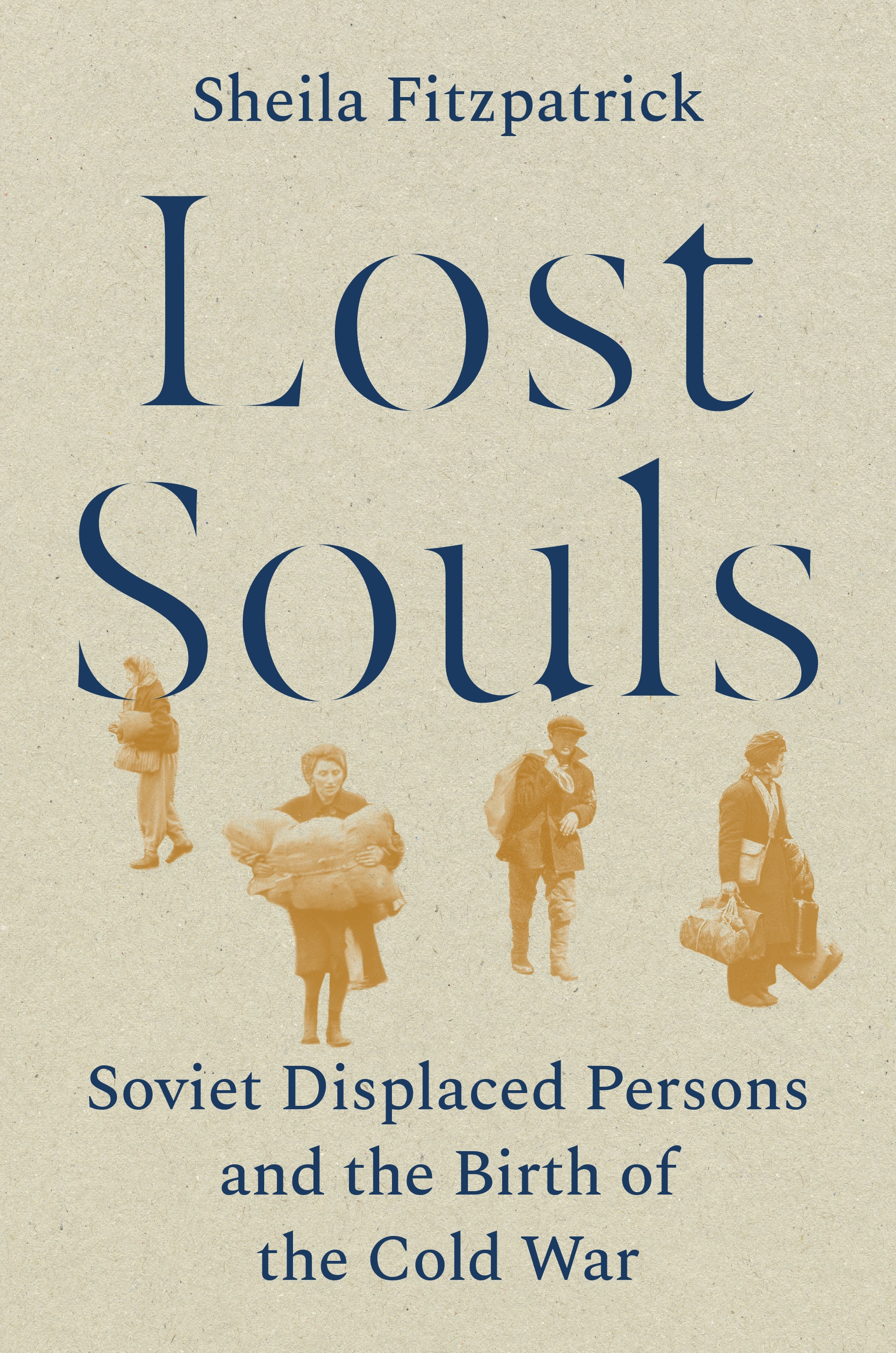
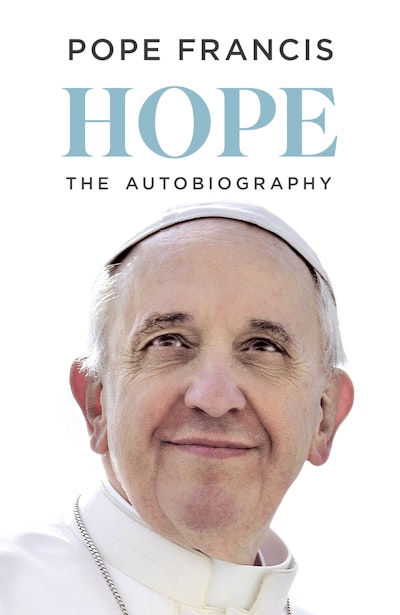
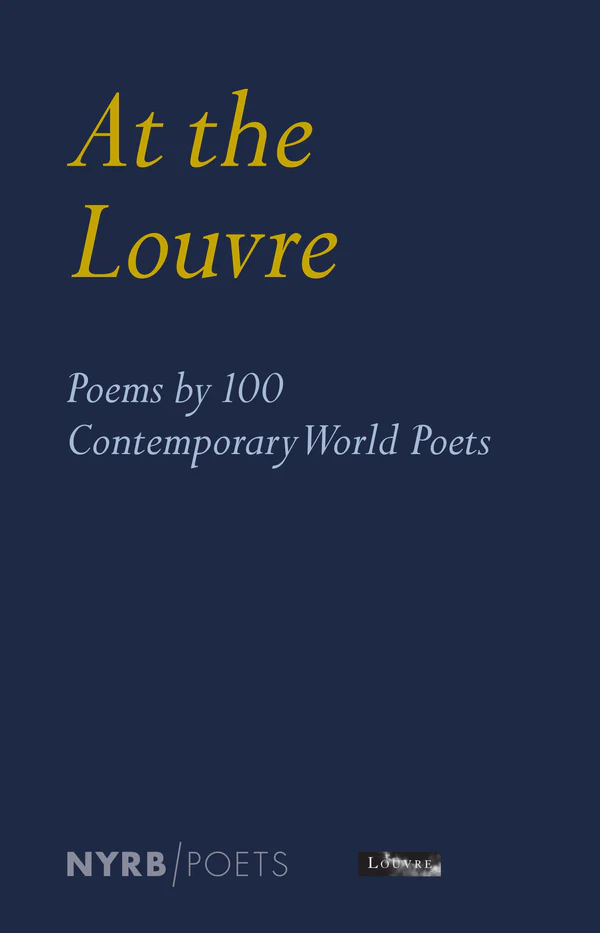


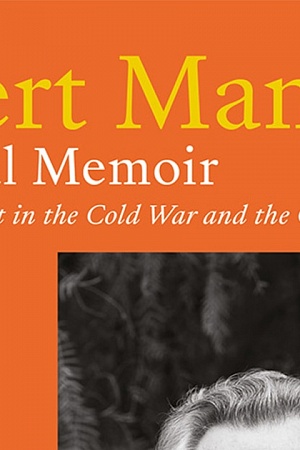

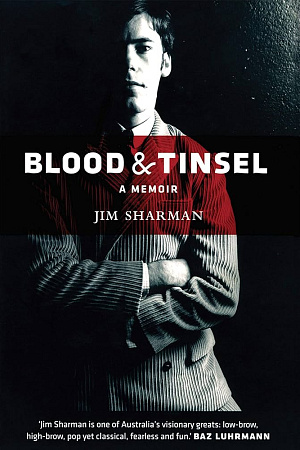



Leave a comment
If you are an ABR subscriber, you will need to sign in to post a comment.
If you have forgotten your sign in details, or if you receive an error message when trying to submit your comment, please email your comment (and the name of the article to which it relates) to ABR Comments. We will review your comment and, subject to approval, we will post it under your name.
Please note that all comments must be approved by ABR and comply with our Terms & Conditions.